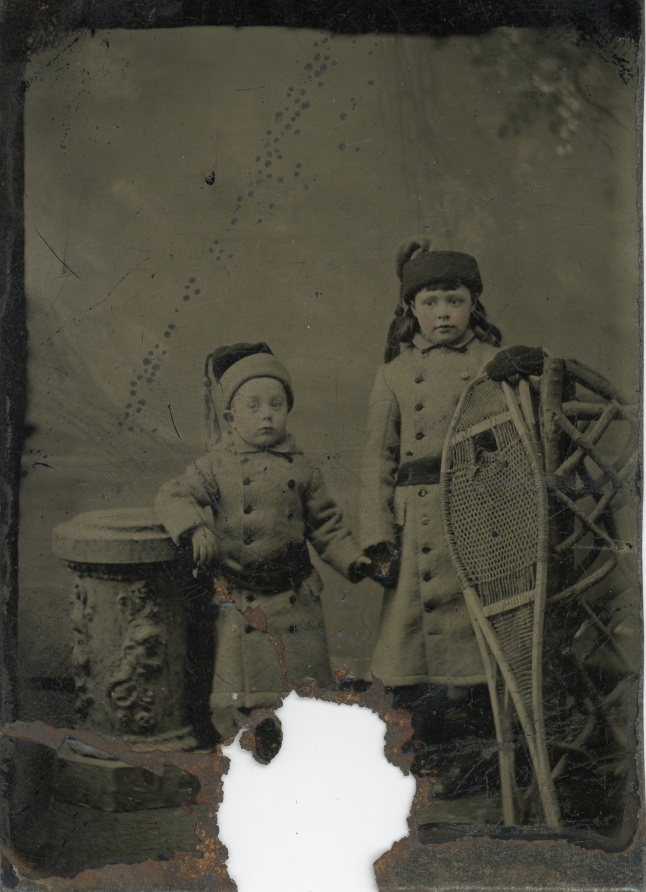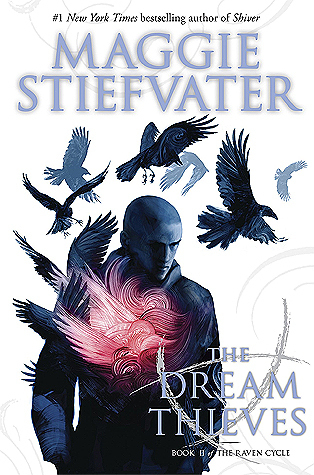Download links for: De keukendochter


Reviews (see all)
Write review
Pretty chick-lit-y. Chick lit with ghosts. I didn't hate it. I didn't love it either.
Interesting read combining Autism and Food, two of my passions!!!!
It wasn't bad; I just lost interest.
asperger-syndroom en koken ....
Review coming soon.
Other books by Food & Cookbooks
Other books by Jael McHenry
Related articles












